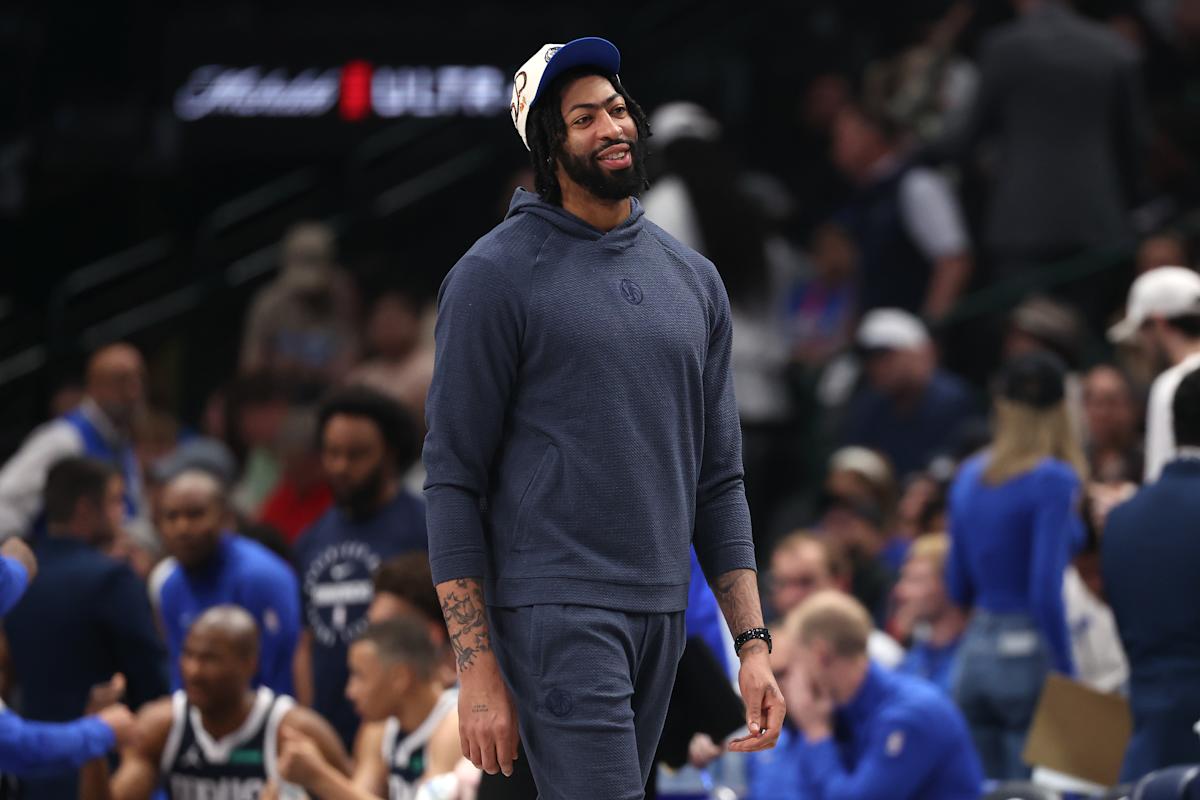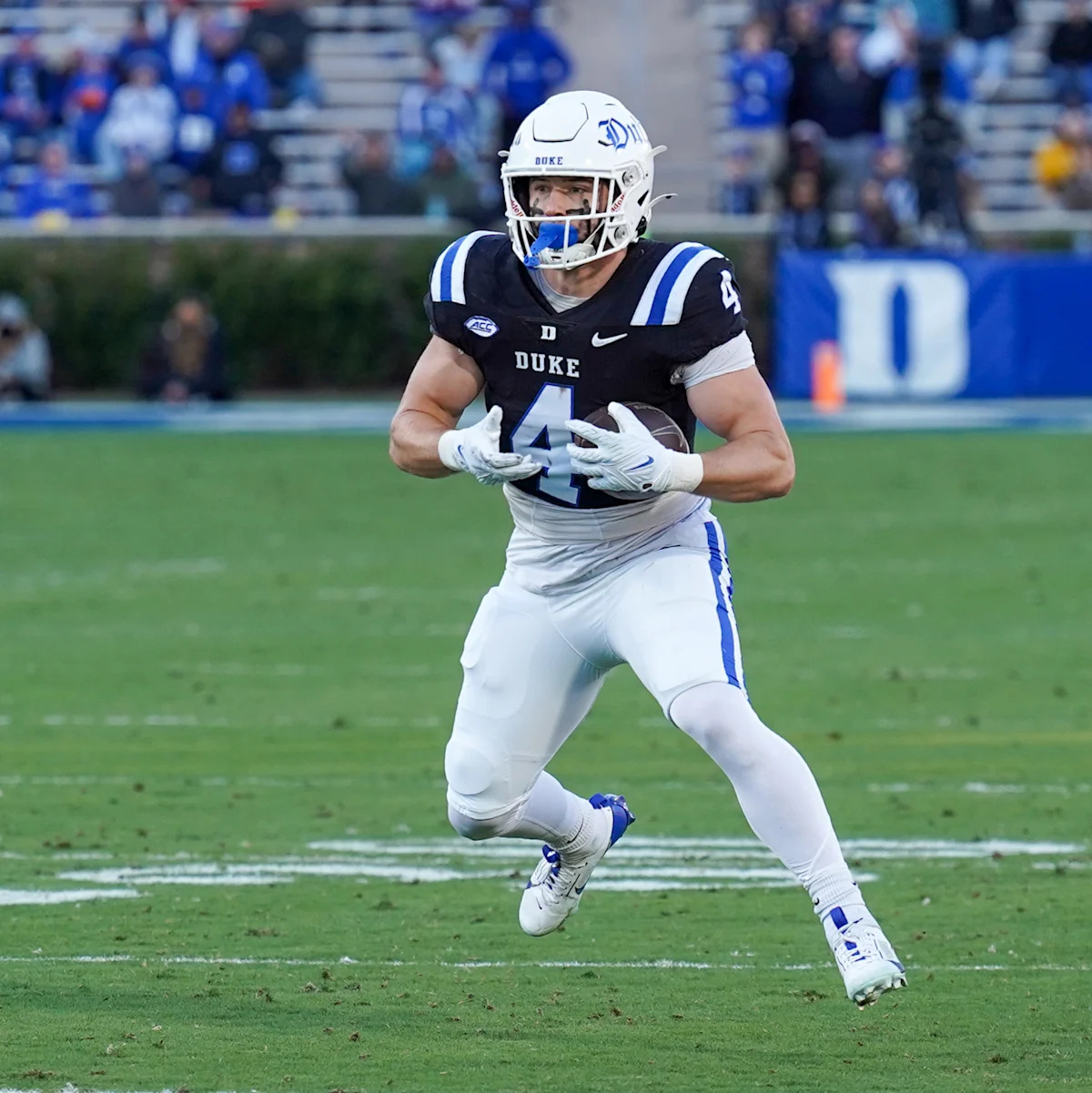By Martin Graham
When Cristiano Ronaldo first stepped onto the pitch in Dublin in July 2009, he was already the center of the footballing world’s attention. Sixteen years later, even as he begins to speak openly about retirement, that spotlight has barely dimmed.
Back then, he was in the Irish capital to make his Real Madrid debut in the unlikely setting of Shamrock Rovers’ Tallaght Stadium. On Thursday, just a few miles away at Aviva Stadium, he is set to pursue another milestone — leading Portugal to qualification for what would be his sixth and final World Cup in North America next summer.
That first appearance in the famous white shirt came months after he claimed the first of his five Ballons d’Or. Though it has been eight years since his most recent win, the transition to a new generation of stars such as Ousmane Dembélé, Erling Haaland, and Lamine Yamal has not diminished his relevance. Even nine months after turning 40, Ronaldo remains football’s most headline-grabbing figure, as shown by his high-profile interview with Piers Morgan last week.
Age-defying icons and a lasting legacy
Ronaldo is not alone in rewriting the rules of sporting longevity. In basketball, LeBron James continues to compete in his 40s and now shares the Los Angeles Lakers court with his own son. In tennis, Novak Djokovic recently won the 101st title of his career and has set his sights on defending his Olympic crown at Los Angeles 2028 — by which time he will be 41.
For Portuguese journalist and author Miguel L. Pereira, the length of Ronaldo’s career has become a defining part of his identity. “It defines him,” Pereira explained. “He was always focused on how he would be remembered and realized that he couldn’t win the emotional comparison with Messi. So he turned to what could be measured — trophies, records, goals. That’s why he keeps going.”
Already football’s top scorer at the international level and in the Champions League, Ronaldo has little left to prove, yet new milestones remain. With more than 950 career goals, he once told former teammate Rio Ferdinand that reaching 1,000 would be his ultimate goal.
Adapting across generations
Over the course of two decades, Ronaldo has shared the Portugal shirt with three generations of players. When he made his international debut against Kazakhstan in 2003, he was captained by Fernando Couto — born before the Beatles split and England last lifted the World Cup.
After winning Euro 2016 with peers closer to his age, he now leads a squad that includes players who were not yet born when he first represented his country. That longevity has forced him to adapt his role. Gone are the days of bursting down the wings; instead, he now operates as a traditional number nine, a style increasingly rare in today’s game.
Republic of Ireland assistant coach John O’Shea, Ronaldo’s former Manchester United teammate, highlighted this shift when asked how to stop him. “You have to defend the box and deal with crosses,” he said — a reflection of how Ronaldo now focuses his threat inside the penalty area.
Pereira believes Ronaldo’s style sets him apart from the modern high-press systems of Europe’s elite clubs. “He doesn’t run much; he’s a box striker,” he said. “That kind of forward is almost extinct. He wouldn’t suit teams like PSG or Bayern because they play at a different rhythm.”
That contrast can sometimes make it challenging for younger teammates used to quicker transitions and fluid attacking play. Still, despite questions over whether his presence limits others, Ronaldo continues to deliver goals — 13 more since Portugal’s Euro 2024 exit to France.
While some saw that defeat as a natural endpoint, he has refused to fade away. Gonçalo Ramos’ limited minutes at PSG have not helped his case to replace him, and Ronaldo remains Portugal’s defining figure heading into what he has confirmed will be his final World Cup.
With that sixth tournament approaching, the question is no longer whether Ronaldo’s story will end, but how long this last chapter will last.




















